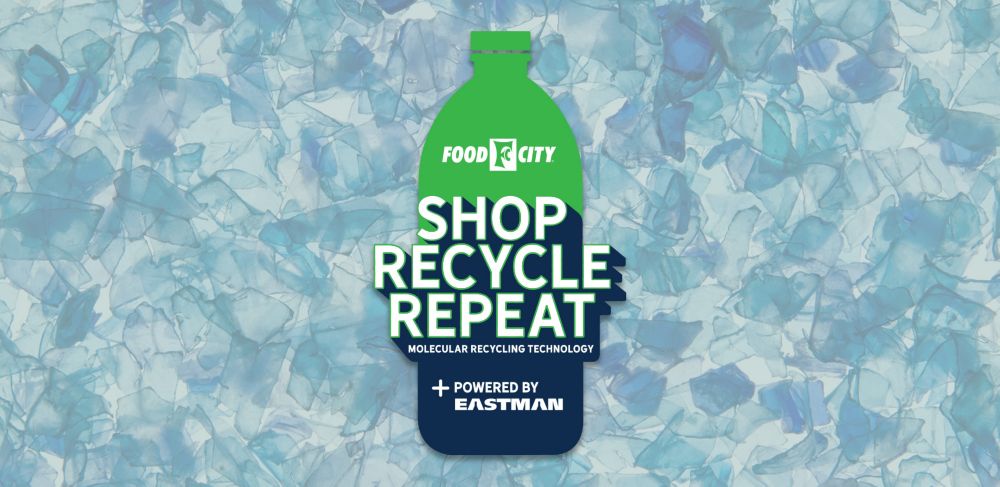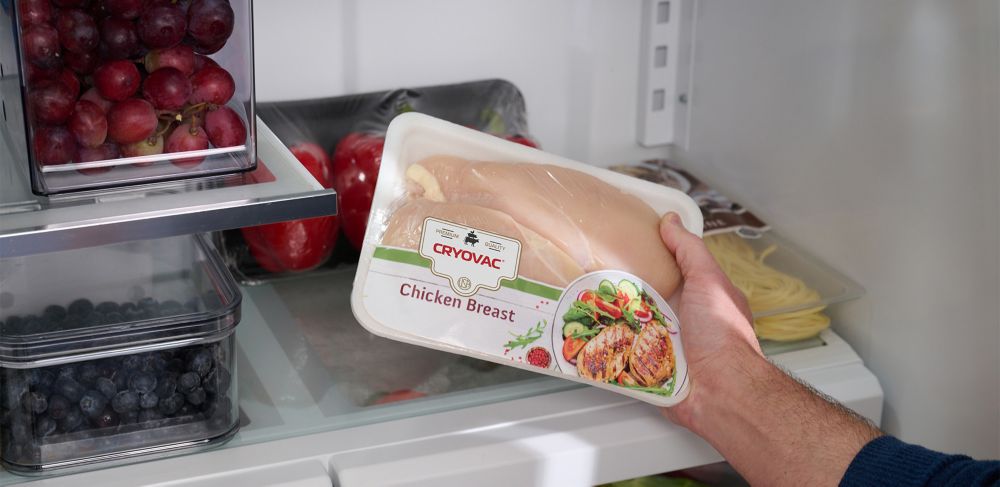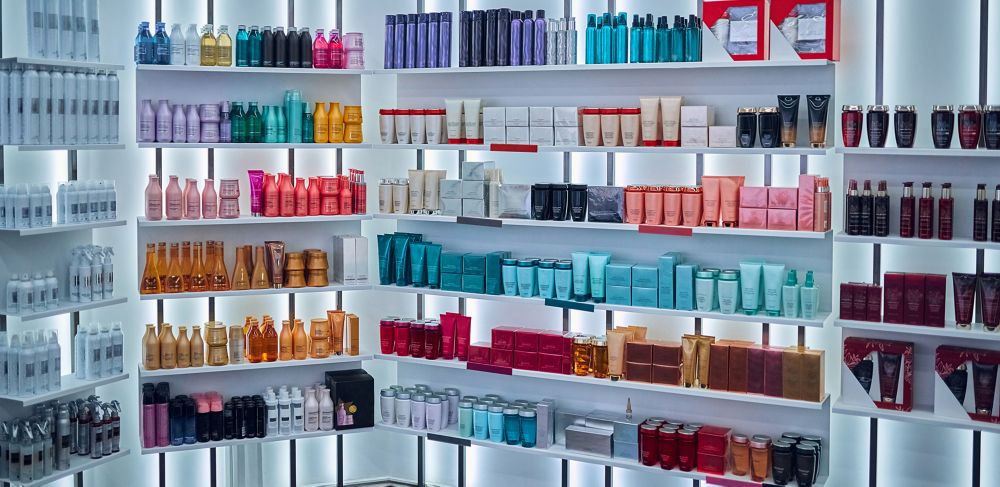First impressions matter
Make sure your product stands out. Protect, dazzle and enhance your product with our innovative packaging solutions. From personal care to home goods to food, our portfolio of solutions gives manufacturers the packaging that looks as good as it performs. We also offer options for enhanced sustainability.












